The fourth trimester is loosely defined as the 12 weeks period following birth. In other words, this is the first stage of your postpartum journey.
This can be a time when you experience intense emotional and physical changes due to the recovery process, hormone fluctuations, and lifestyle adjustments that come with life after birth and new parenthood.
Discourse around the fourth trimester has emphasized the importance of self-care. Of course, this is much easier said than done (you literally just gave birth!) but, making it a priority is important.
One aspect of the fourth trimester that can sometimes cause anxiety is your first postpartum period. First things first, don’t panic—this is a super common concern. You and your body have just done something INCREDIBLE and you may not be sure when you’ll feel like your old self again.
It can take your body some time to return to its natural rhythm. You may be wondering how, when, and if your menstrual cycle is going to return the same as it was before you gave birth. You may be afraid of potential fluctuations such as more pain or cramping, longer length or irregularity, or an increase in heaviness and other difficult symptoms.
One of the ways you can try to ease your anxiety is by doing some period preparation to support your body through the process of returning to your menstrual cycle.
Here are some steps you can take:
Expect the Unexpected
Your cycle may change and that is absolutely ok.
It’s probable that your period will feel different (especially the first one) after you give birth. In order to better navigate this, you could expect change and do your best to give your body the grace, patience, and support it needs.
When and how your period will return postpartum depends on a few different things. The when mostly depends on whether or not you are breastfeeding.
If you’re breastfeeding, you’ll produce a hormone called prolactin that creates milk production and stops menstruation. So, your period most likely will return 1-2 months after you finish breastfeeding. If you’re not breastfeeding, your period most likely will return within the fourth trimester and can return within 5 weeks.
The how is a lot more unique to your individual body. Some people have shared that their first period post birth was heavier than pre birth, while others have shared that their first period post birth was both lighter and shorter than pre-birth.
A number of people with endometriosis actually report having easier periods with significantly less pain after giving birth.
Here are some other things that can affect your first postpartum period:
- The type of birth you experienced (c-section vs vaginal etc..)
- Overall health and wellness (nutrition, stress, rest etc…)
- The size of your post-pregnancy uterus (larger cavity = more lining to shed)
- Any pre-existing menstrual related conditions (endometriosis, PCOS etc…)
Reduce Stress and Increase Rest
Weather the hormone storm.
During the fourth trimester the reproductive system hormones, estrogen and progesterone, levels decrease and oxytocin and prolactin increases. Oxytocin helps your uterus contract which prevents postpartum bleeding and prolactin helps you lactate (like we talked about above!).
Hormone level changes are a natural part of the postpartum experience and working to balance them can help you have an easier postpartum period. The best way to do this? Yep, you guessed it: taking care of yourself.
Do your best to reduce your stress and increase your rest. Curate a diet that’s healthy and fueling, so you’re getting all your nutrients. Incorporate some light and supportive movement when you feel ready. Try to make time for activities that you enjoy and are relaxing like reading, movies, time with friends and family, and anything else that is unique to you!
Rest, obviously, can be a lot more tricky if you’re a new parent. As a rule, try to sleep when you can and as much as you can. Lean on your support system to help you as needed so you can get much-needed rest.
Create a Care Basket
Be ready when your period is ready.
While it’s difficult to know when your first postpartum period will come, or what it will feel like when it does, you can prepare so that when it’s ready, you’re ready!
You could even go as far to create a period care basket with all of your favorite period related products and store it somewhere in your home. You could add in your favorite snacks and pain relief products such as teas, medications, and heat pads.
If you have a partner, you can also incorporate them into this beautiful (and fun!) preparation process.
To best support your postpartum body, lean into comfortable, reusable options that feel seamless and low-maintenance as you navigate recovery. Period underwear, like Leakproof High Rise undies, provide low-effort period support and leak protection—while providing some love for your core.
Super Leakproof Dream Shorts, on the other hand, are great for heavier flows during the day and overnight. If you’re experiencing postpartum bleeding or discharge, look for postpartum underwear that are comfortable and absorbent.
Leakproof garments are not only useful for navigating your first postpartum period, but for the whole postpartum phase.
Lean on Your Team

You deserve care, too.
The fourth trimester can be an extremely vulnerable time. Its vulnerability makes it as important as ever to continue to lean on the people on your support team.
Consider sharing your anxieties about your menstrual cycle with your professional team (doctors, midwives, doulas etc…) in advance. They may be able to make specific helpful suggestions based on your unique birth, circumstances, and past conditions.
You could also try and connect with them during your first period via an appointment, home visit, or virtually. When it comes to your personal team, lean on family and friends to take some responsibilities off your shoulders during your first period.
Ask them to help with childcare, housework, or potentially drop off groceries (including your comfort treats!) or any other items you need.
Whether this is your first time giving birth or your third, your health and wellness is a priority. Never be afraid to put yourself first and ask for what you need from the people who are here to support you.
—
We hope you found this post informative—but remember: we’re not doctors and this post is not medical advice! While all posts are fact-checked and well researched, we always recommend you chat with your doctor about any questions or concerns you might have regarding a medical condition.
We’re here to support and educate, but never with the aim of disregarding professional medical advice you’ve been given. Phew, now that that’s out of the way, you can go on living unapologetically free.
]]>


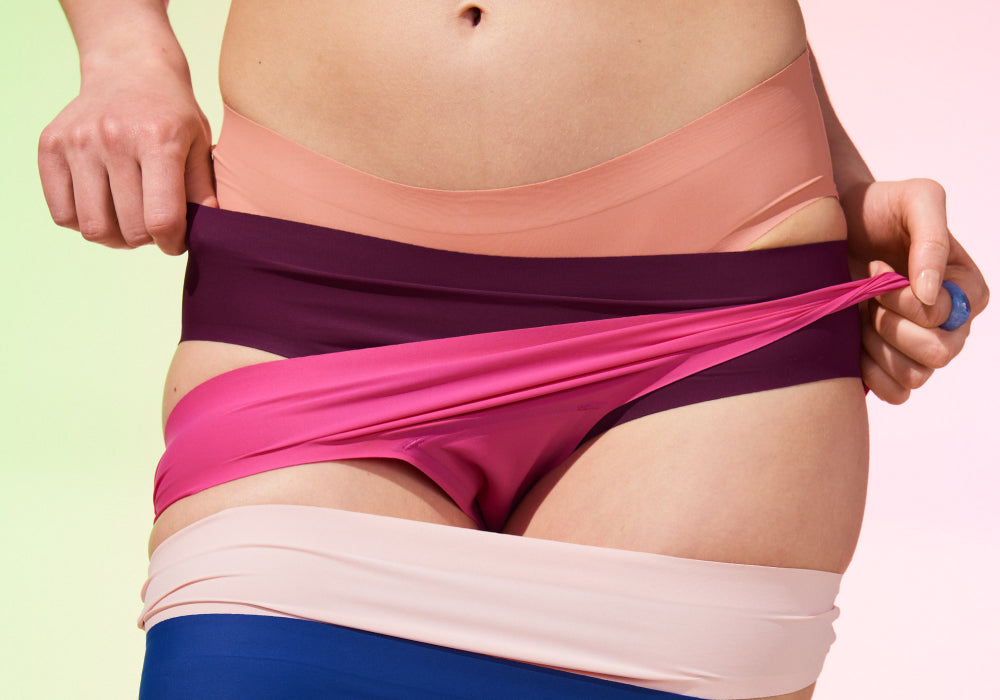
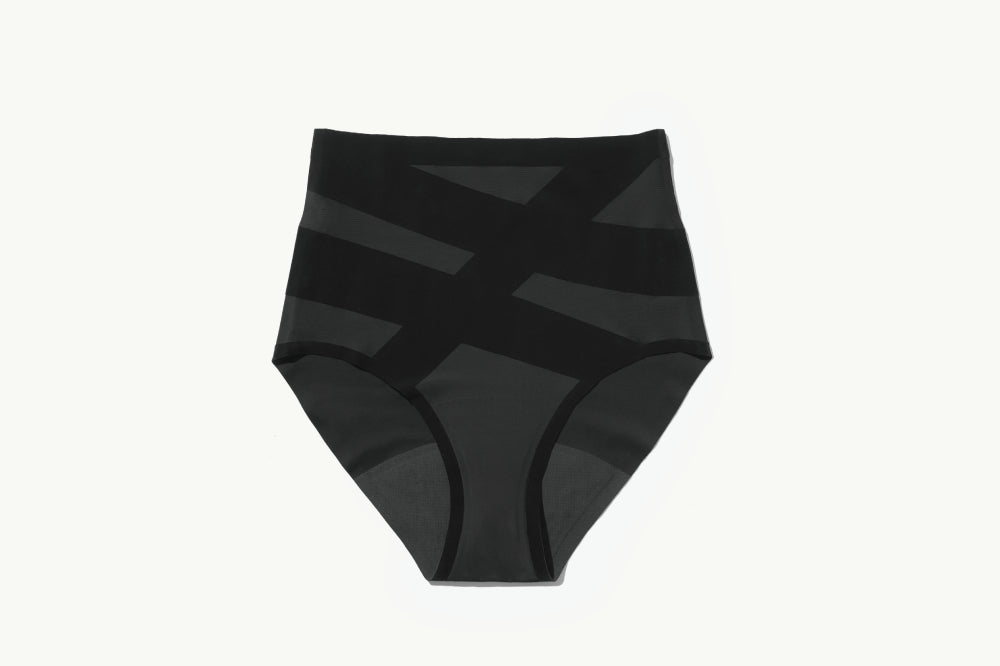

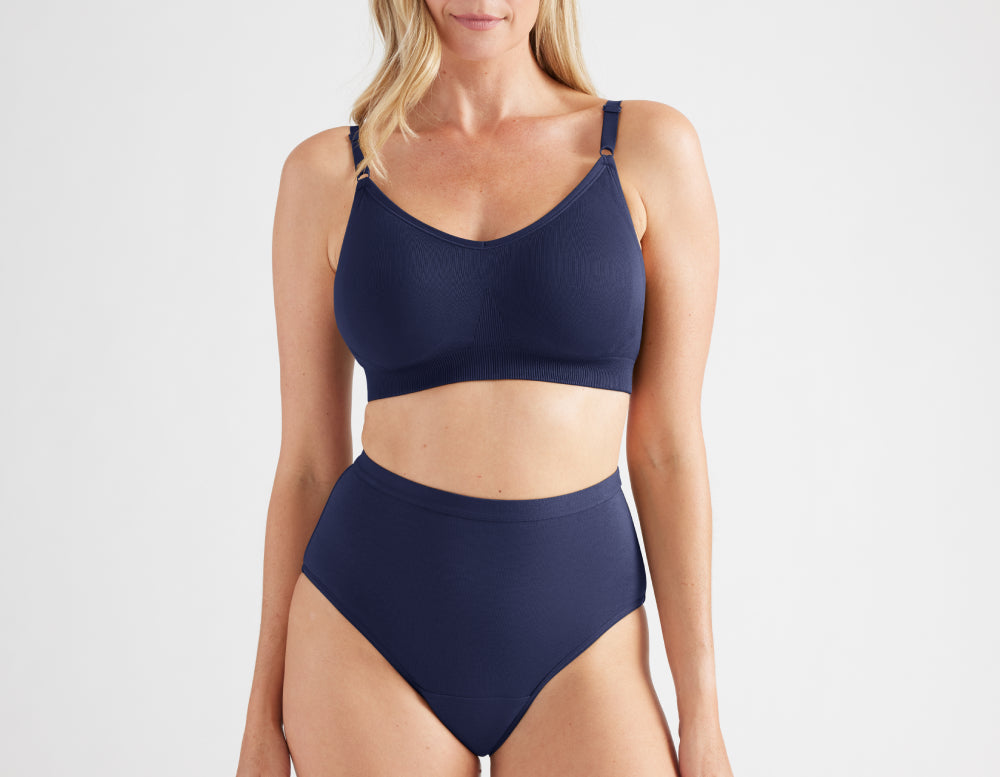
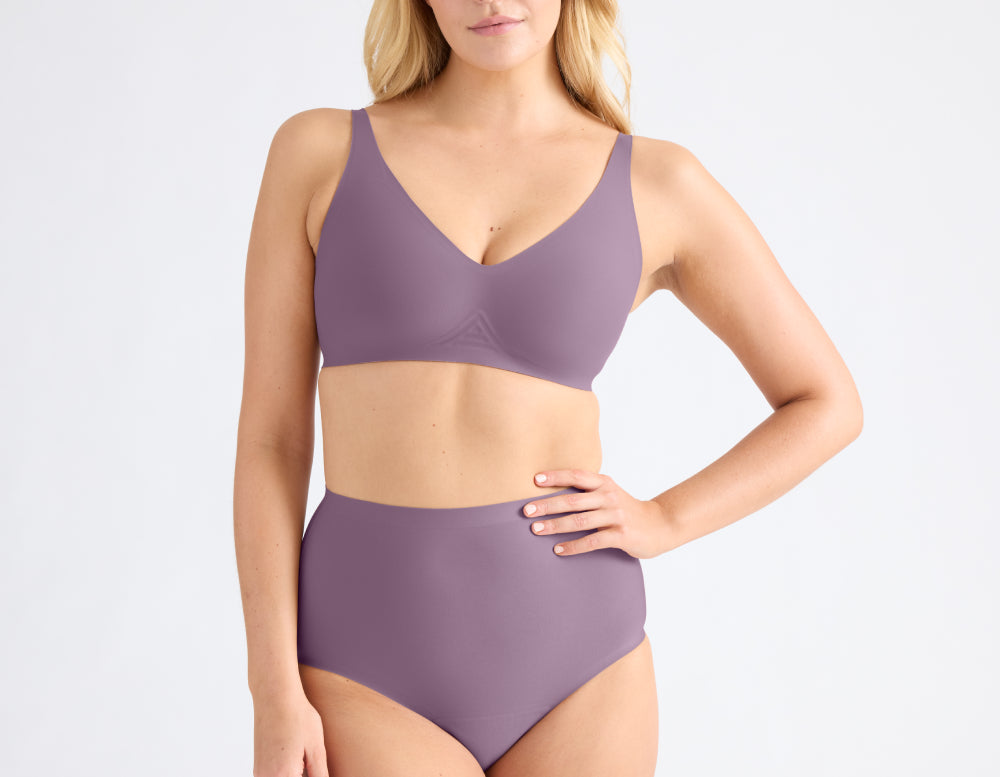
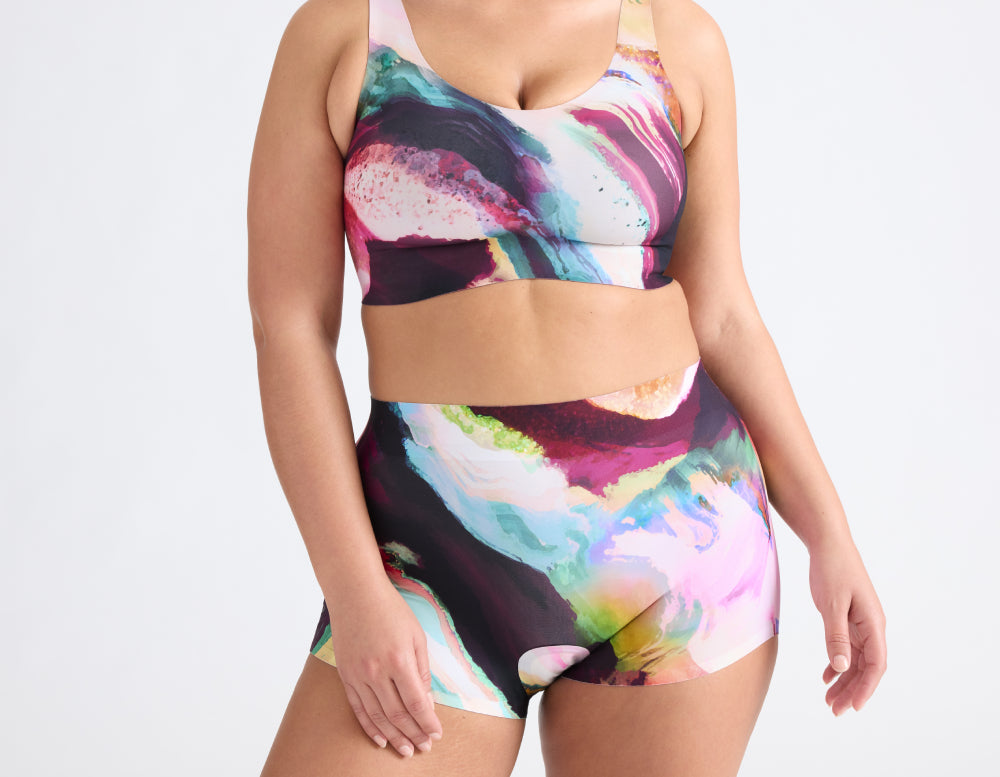



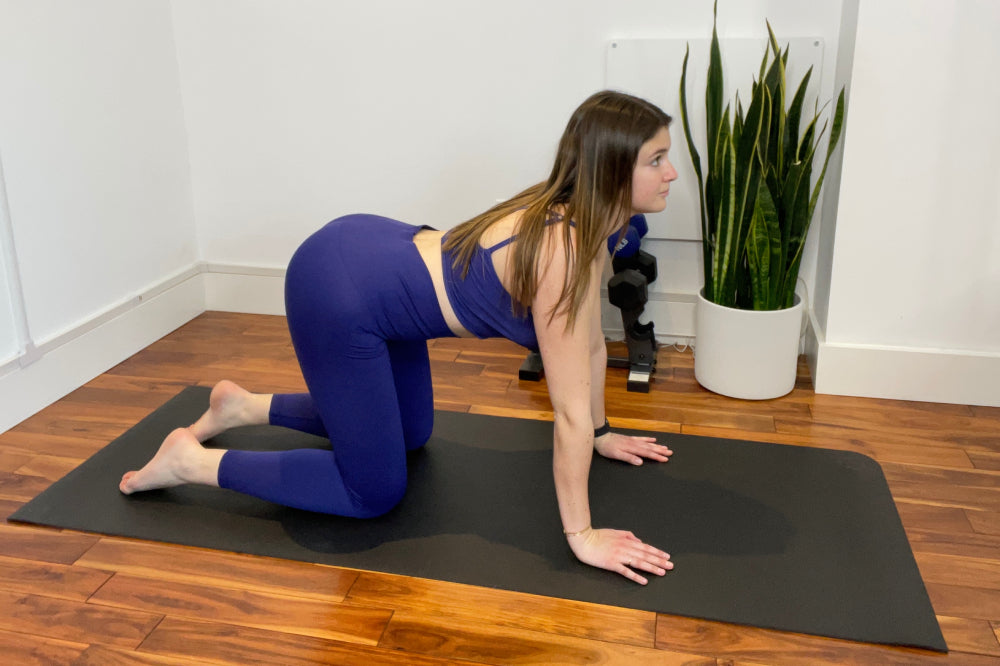
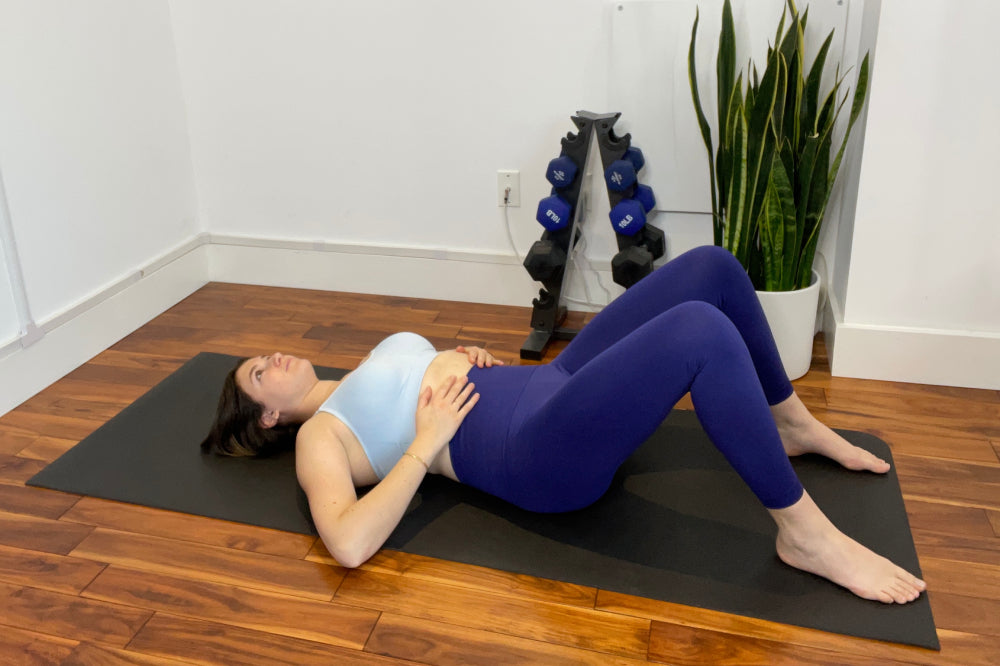
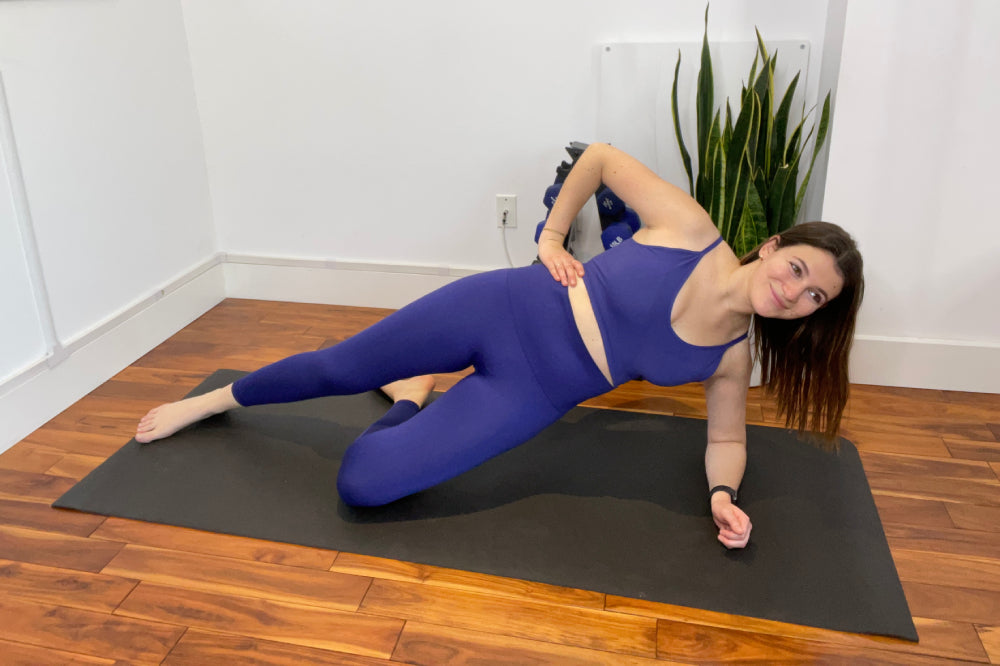

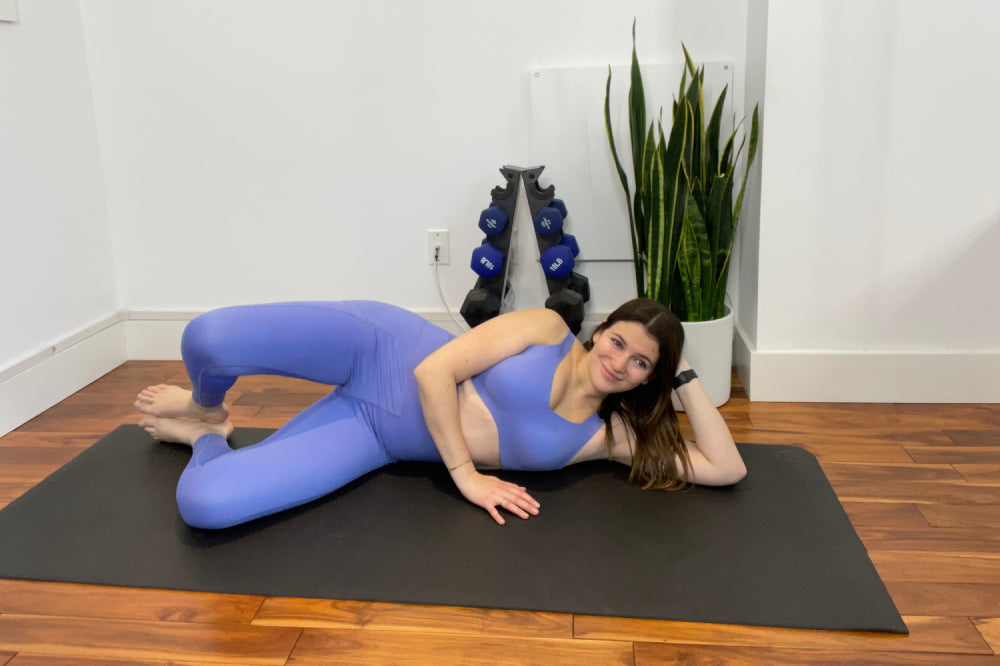
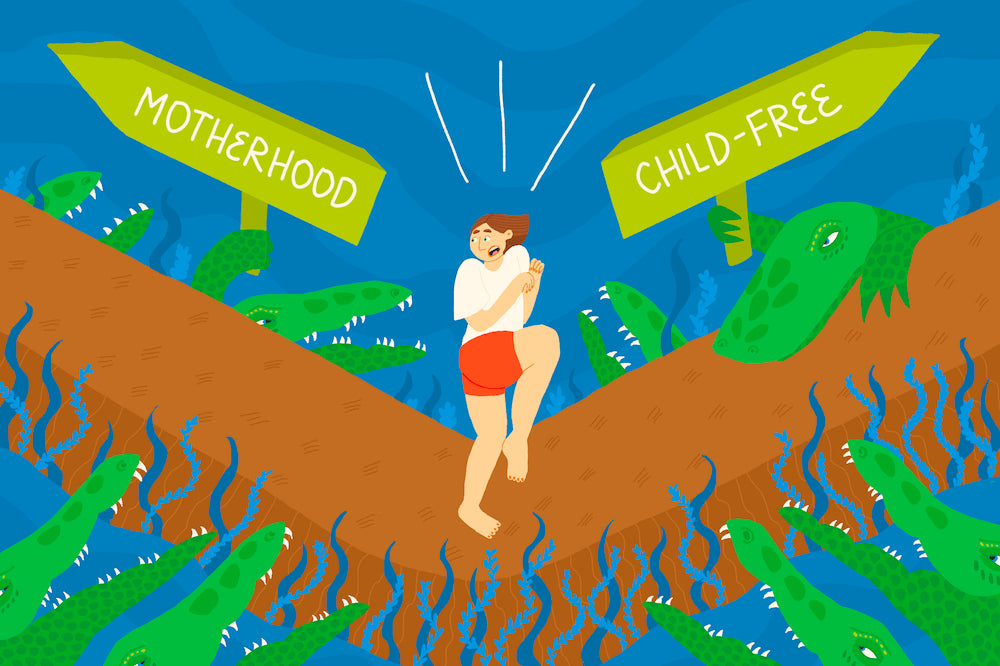

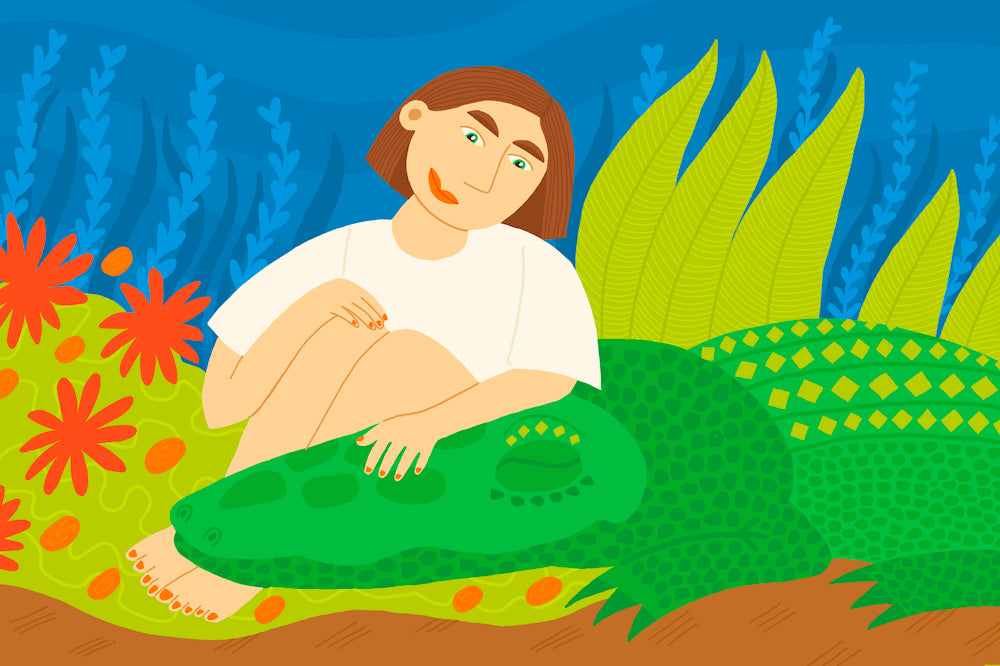
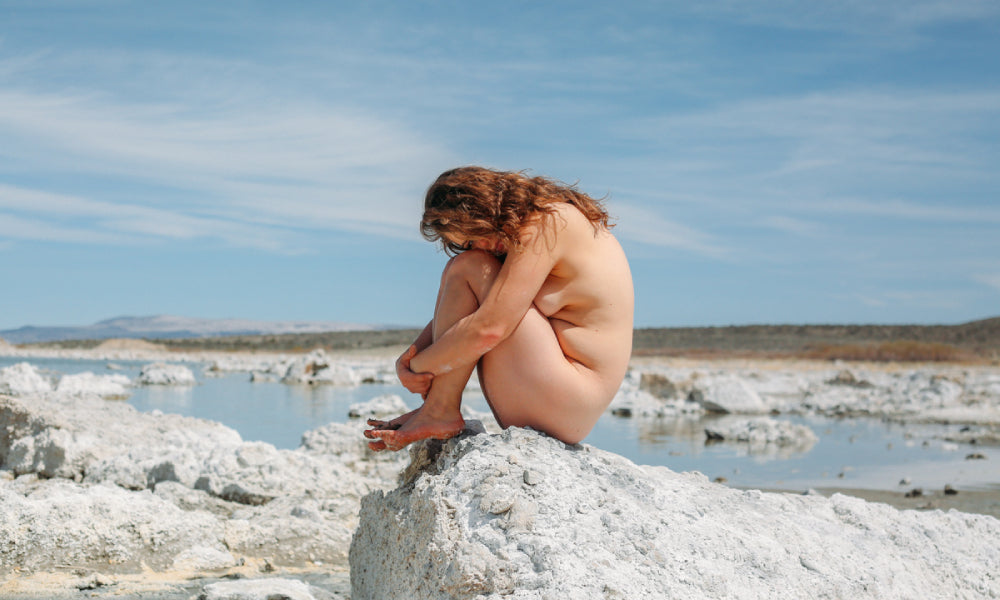


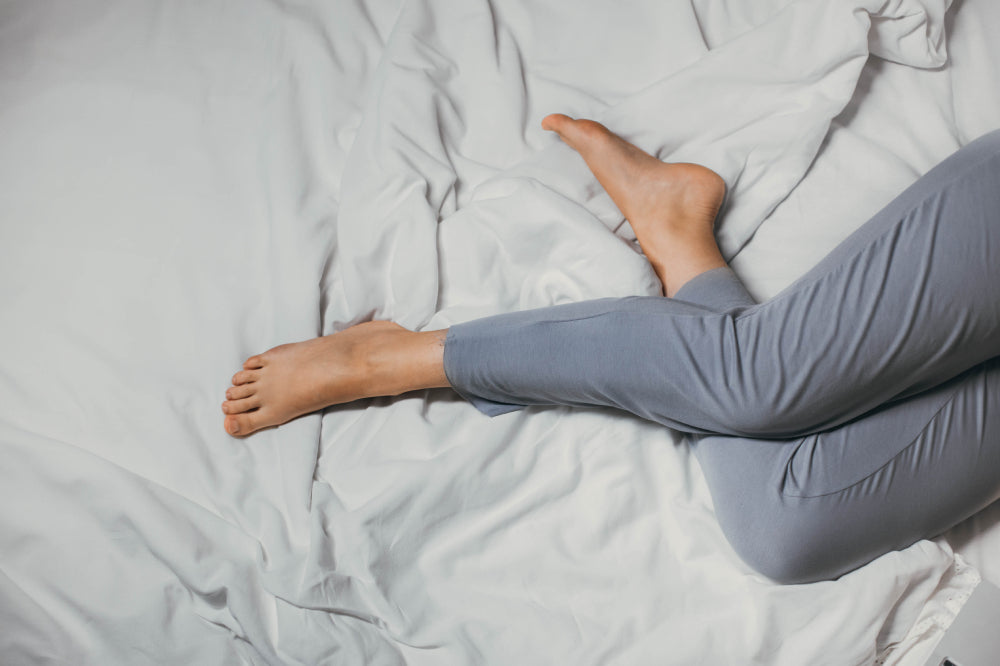


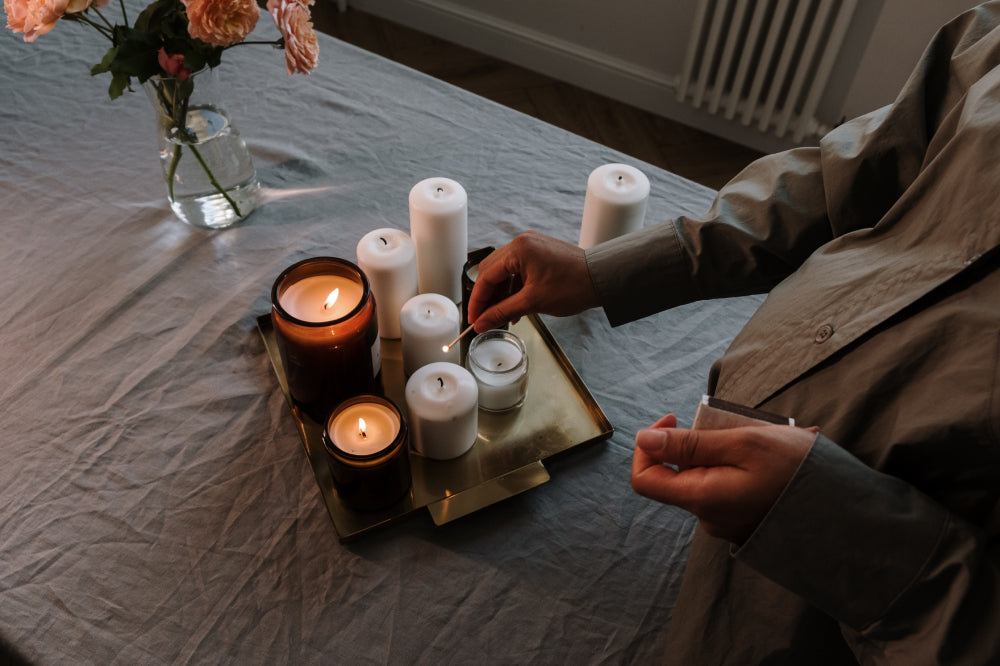

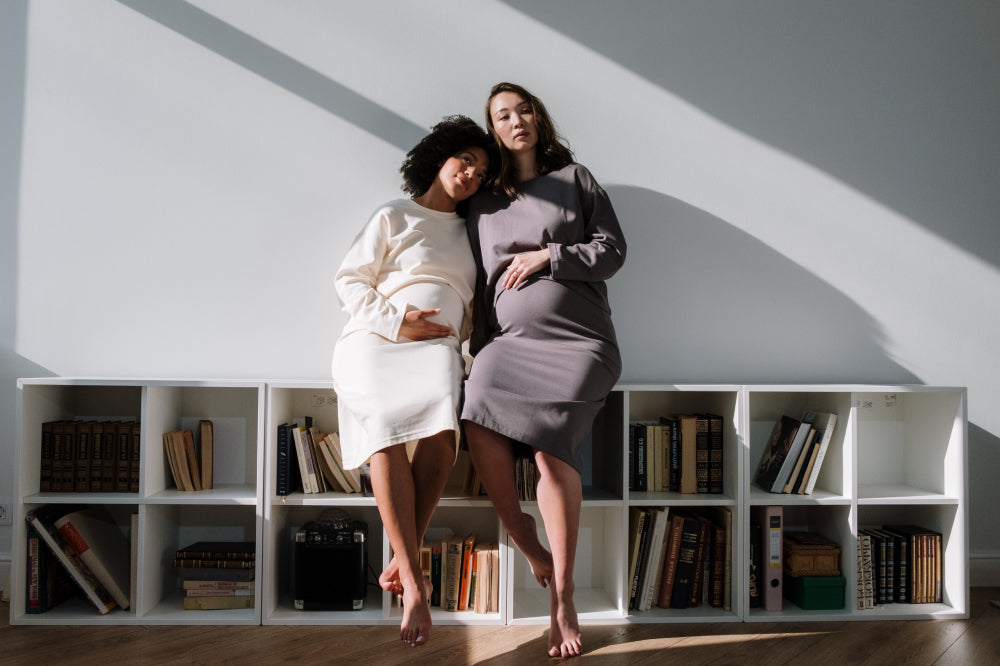

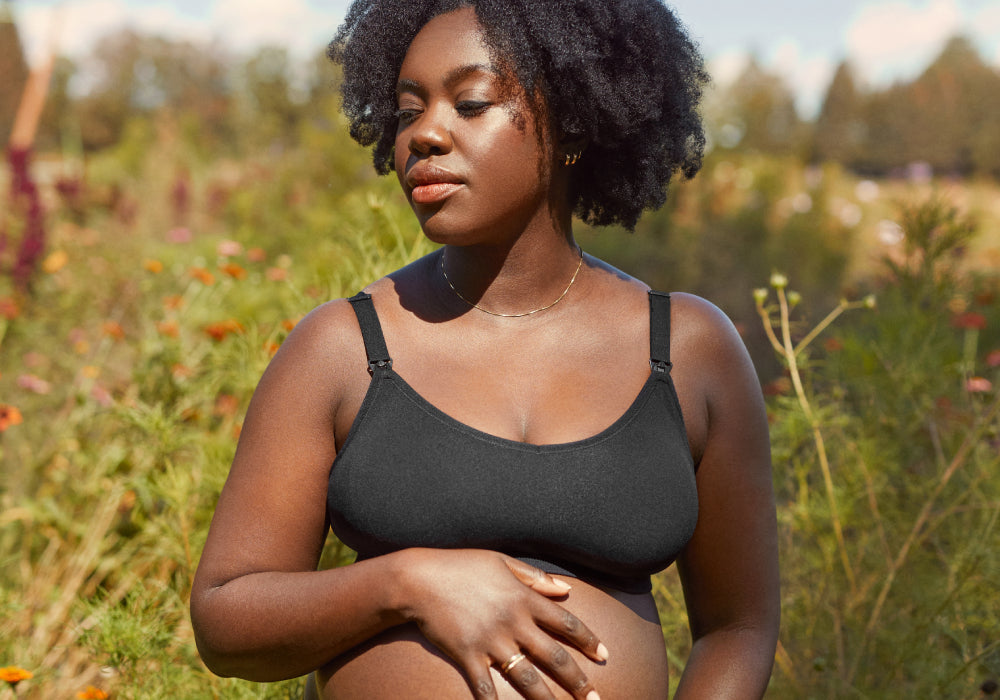
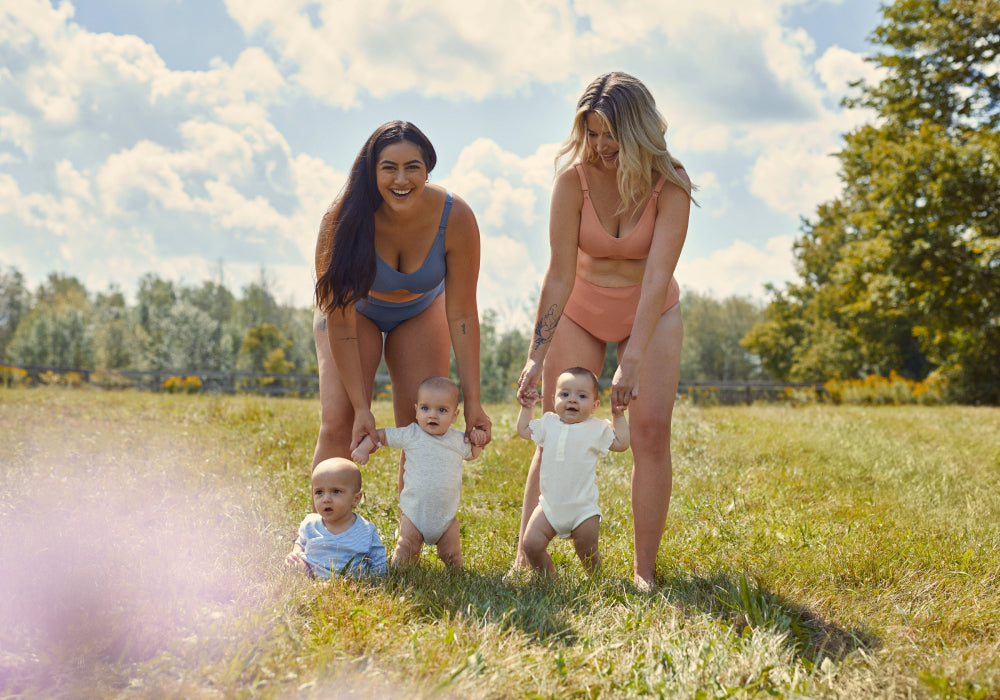

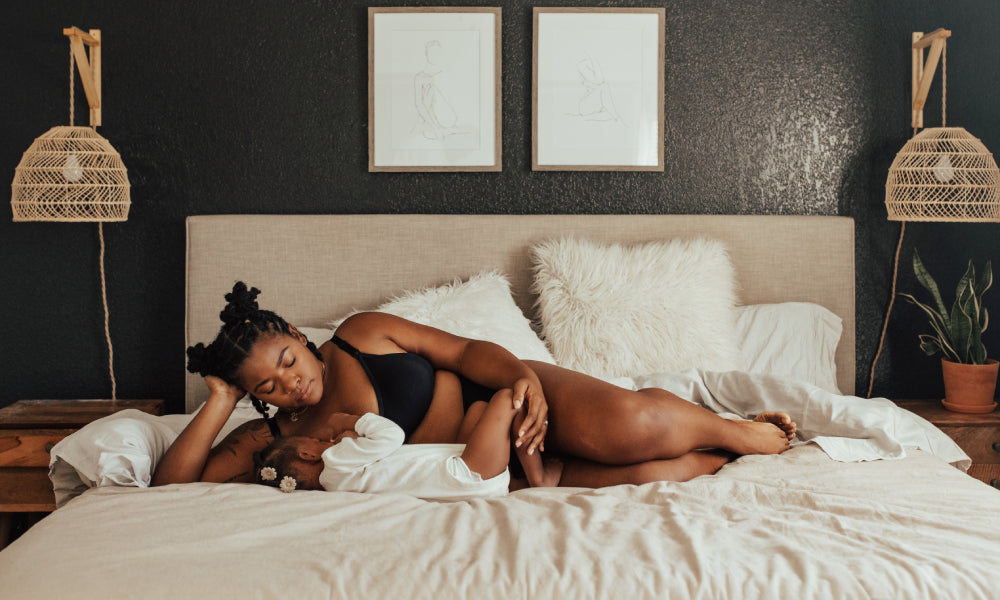
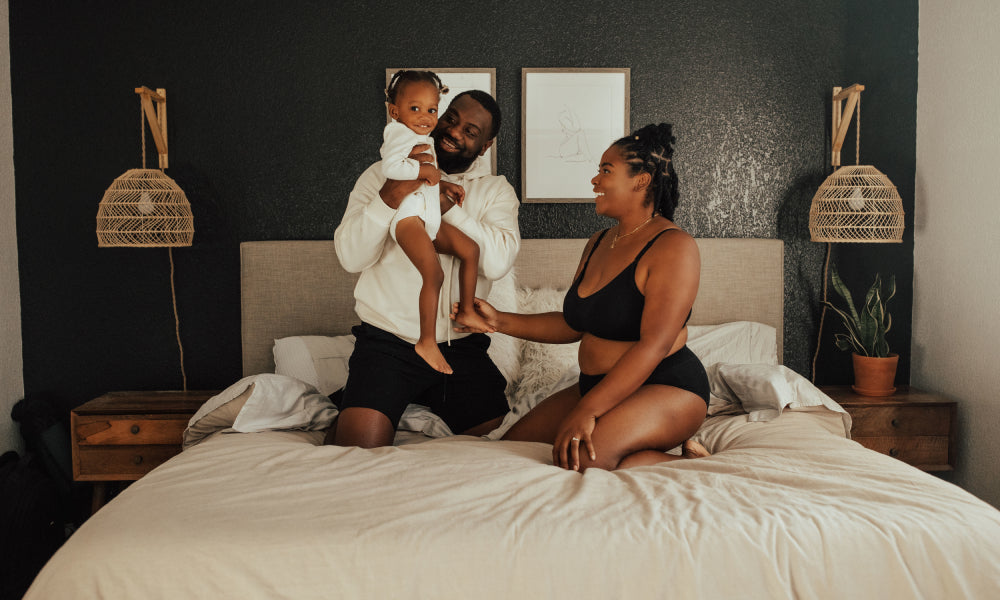



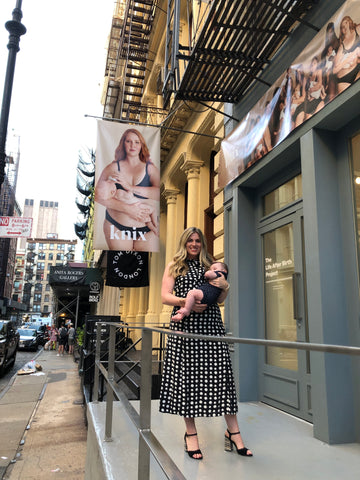
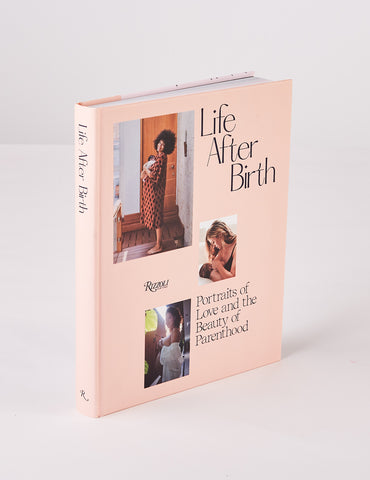
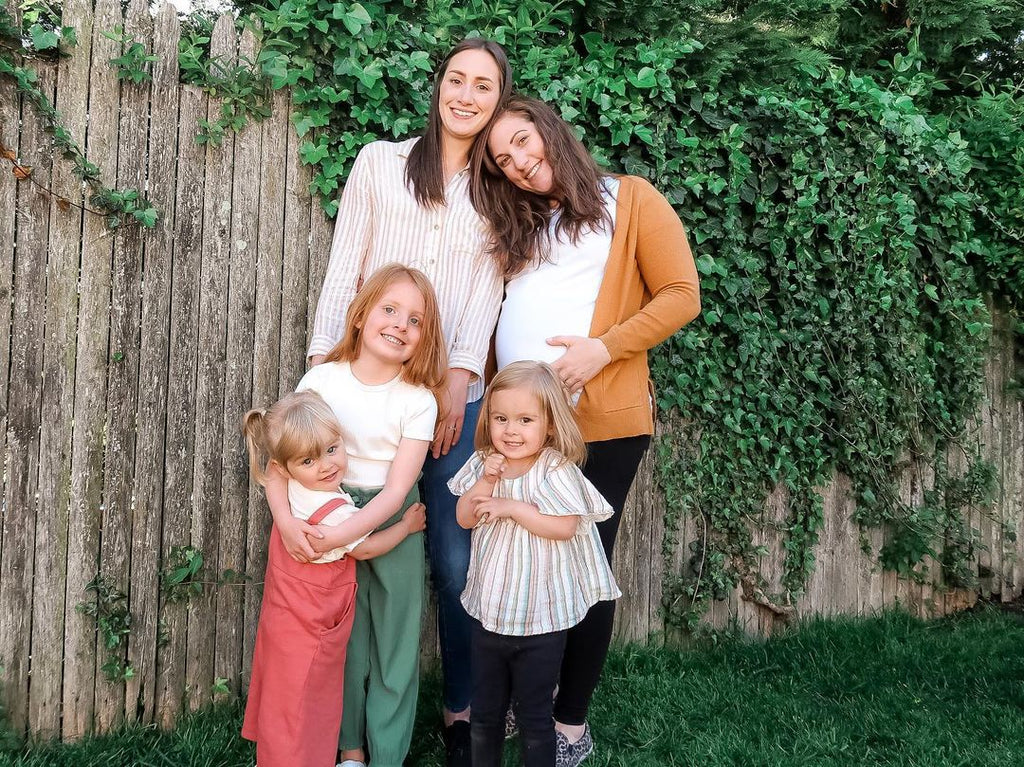




 📸:
📸: 






















